Alishan tea, a name that evokes images of mist-clad mountains and lush tea plantations, is one of Taiwan’s most celebrated beverages. Renowned for its delicate aroma, floral notes, and smooth finish, this tea has captured the hearts of connoisseurs worldwide. Yet, for many, the question remains: What exactly is Alishan tea, and where does it fit within the vast spectrum of tea categories? This article delves into the origins, production methods, and classification of Alishan tea, shedding light on why it is universally recognized as a premium oolong tea.
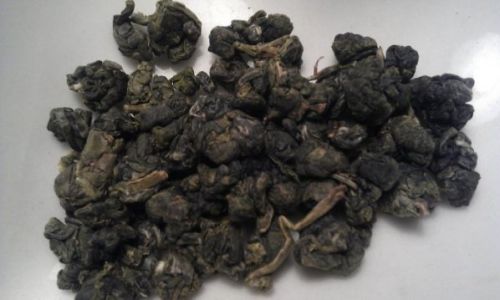
The Birthplace of Alishan Tea
Nestled in the heart of Taiwan’s Central Mountain Range, Alishan (阿里山) is a region of breathtaking natural beauty. Towering peaks, dense forests, and a cool, humid climate create an ideal environment for tea cultivation. The area’s elevation, typically ranging from 1,000 to 2,500 meters above sea level, is a critical factor in shaping the unique characteristics of Alishan tea. High-altitude growth slows the tea plant’s metabolism, resulting in smaller leaves with concentrated flavors and aromas. The combination of cool temperatures, frequent mist, and well-drained, mineral-rich soil fosters the development of complex taste profiles that distinguish Alishan tea from its counterparts.
Alishan Tea: A Member of the Oolong Family
To classify Alishan tea, one must first understand the broader categories of tea. All teas—whether green, black, white, or oolong—originate from the Camellia sinensis plant. The differences between them arise from variations in processing methods, particularly oxidation. Oxidation, a chemical reaction that occurs when tea leaves are exposed to oxygen, alters the leaves’ color, flavor, and aroma. The spectrum of oxidation ranges from unoxidized (green tea) to fully oxidized (black tea), with oolong teas occupying the middle ground.
Oolong teas, sometimes called “blue-green teas,” undergo partial oxidation—typically between 8% and 85%. This semi-oxidized state gives oolongs their distinct floral, fruity, or toasty flavors, often accompanied by a lingering sweetness. Alishan tea falls squarely within this category, with an oxidation level ranging from 15% to 30%, depending on the producer’s preference. This moderate oxidation contributes to its light, refreshing character, setting it apart from darker, more robust oolongs like Tie Guan Yin or roasted varieties such as Wuyi Rock Tea.
The Art of Crafting Alishan Oolong
The production of Alishan tea is a meticulous process that combines traditional techniques with modern precision. The journey begins in spring or autumn, when tea masters handpick leaves from the Camellia sinensis var. sinensis cultivar, a small-leaf variety native to Taiwan. These leaves, often harvested in the early morning to preserve their freshness, undergo a series of steps that define the tea’s quality:
-
Withering: Freshly picked leaves are spread out on bamboo trays or in troughs to reduce moisture content. This step softens the leaves and prepares them for oxidation.
-
Bruising/Tossing: The leaves are gently rolled or shaken to break their cell walls, initiating oxidation. The degree of bruising influences the tea’s flavor; lighter handling preserves the leaf’s integrity, resulting in a greener, more floral brew.
-
Oxidation: The leaves are left to oxidize in a controlled environment. For Alishan tea, this phase is relatively brief compared to darker oolongs, preserving its vibrant green-yellow hue and delicate aromatics.
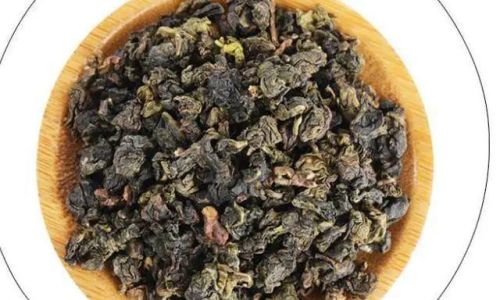
-
Fixation/Kill-Green: To halt oxidation, the leaves are heated—typically by pan-frying or steaming—at high temperatures. This step locks in the tea’s flavor and aroma.
-
Rolling: The leaves are shaped into their characteristic twisted or ball-like form through mechanical or hand rolling, which also enhances the extraction of flavors during brewing.
-
Drying: Finally, the tea is dried to remove residual moisture, ensuring stability and shelf life.
The result is a tea with a jade-green appearance, a creamy texture, and notes of orchid, honey, and fresh greenery. Some batches may exhibit subtle hints of tropical fruit or milk, a testament to the terroir of Alishan.
Why Alishan Tea Stands Apart
While all oolong teas share semi-oxidation, Alishan’s unique growing conditions and processing methods set it apart. The high altitude of Alishan’s plantations slows leaf growth, allowing the plant to absorb more nutrients from the soil. This results in a higher concentration of amino acids, particularly theanine, which contributes to the tea’s signature umami sweetness and calming effects. Additionally, the region’s frequent fog acts as a natural sunscreen, protecting the leaves from harsh sunlight and preserving their delicate flavors.
Another distinguishing feature is the tea’s “qing xiang” (green fragrance) profile, which emphasizes fresh, floral aromas over heavier, roasted notes. This style is achieved through minimal oxidation and light roasting, if any. Some producers opt for unroasted Alishan tea, highlighting its natural grassy and sweet characteristics, while others employ a light baking process to deepen the flavor without overwhelming its subtlety.
Health Benefits and Cultural Significance
Beyond its culinary appeal, Alishan tea is celebrated for its health-promoting properties. Like other oolongs, it contains polyphenols, antioxidants that combat oxidative stress and may reduce the risk of chronic diseases. Studies suggest that oolong tea consumption may aid in weight management, improve heart health, and enhance mental alertness. Theanine, an amino acid abundant in Alishan tea, is also linked to stress reduction and improved sleep quality.
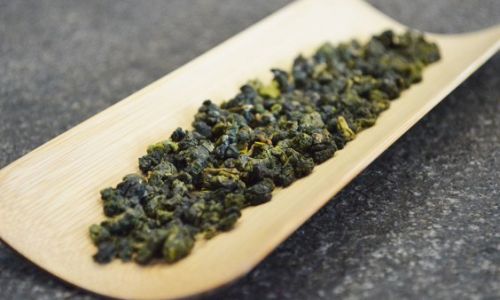
Culturally, tea is integral to Taiwanese identity, and Alishan tea holds a revered place in local traditions. It is often served during ceremonies, social gatherings, and moments of contemplation. The tea’s ability to evoke a sense of tranquility aligns with Taiwan’s deep-rooted connection to nature, making it a symbol of harmony and mindfulness.
Pairing and Brewing Alishan Tea
To fully appreciate Alishan tea’s nuances, proper brewing techniques are essential. Here’s a guide to unlocking its potential:
- Water Quality: Use soft, filtered water to avoid masking the tea’s delicate flavors.
- Temperature: Heat water to 85–90°C (185–194°F). Boiling water can scorch the leaves, resulting in bitterness.
- Tea-to-Water Ratio: Use 3–5 grams of tea per 150 ml of water.
- Steeping Time: Start with 1–2 minutes for the first infusion, increasing slightly with subsequent brews.
- Infusions: Alishan tea can be steeped multiple times, with each brew revealing new layers of flavor.
Pair it with light dishes like steamed dumplings, fresh fruit, or almond cookies to complement its floral and creamy notes.
Misconceptions and Clarifications
A common misconception is that Alishan tea is a green tea due to its light color and floral aroma. However, its partial oxidation clearly places it within the oolong category. Another point of confusion is its relationship to other Taiwanese oolongs, such as Dong Ding or Lishan. While all are oolongs, Alishan’s high-altitude origin and processing style give it a distinct profile—lighter and more aromatic than the roasted, nutty Dong Ding, and slightly more robust than the buttery, high-mountain Lishan.
Conclusion: A Timeless Elixir
In conclusion, Alishan tea is a quintessential example of Taiwanese oolong, embodying the perfect balance between artistry and nature. Its classification as an oolong tea is rooted in its semi-oxidized processing, which bridges the gap between green and black teas. Yet, it is the unique interplay of terroir, climate, and craftsmanship that elevates Alishan tea to a league of its own. Whether enjoyed in a traditional tea ceremony or sipped casually, this exquisite brew offers a taste of Taiwan’s lush landscapes and rich cultural heritage. For tea enthusiasts seeking a harmonious blend of flavor, aroma, and history, Alishan tea remains an unparalleled choice.
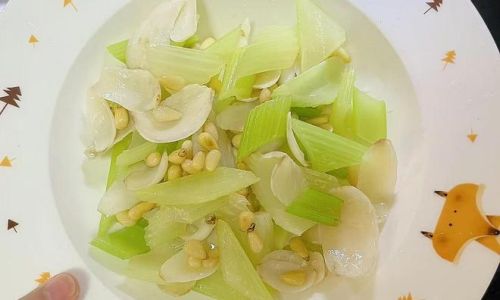
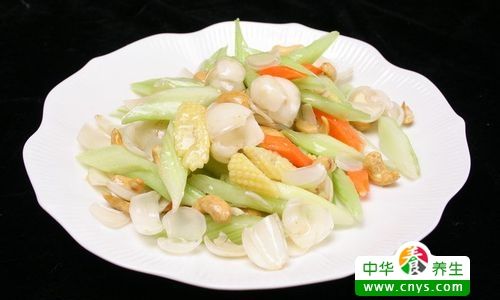
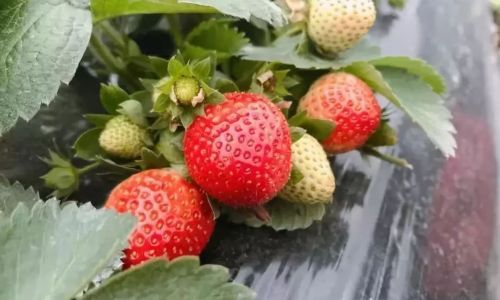
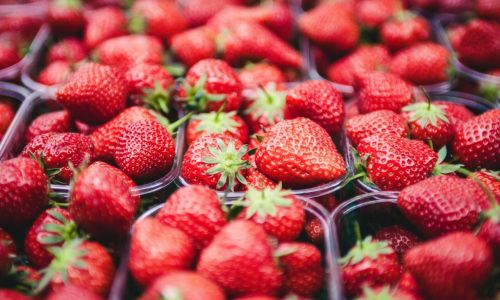
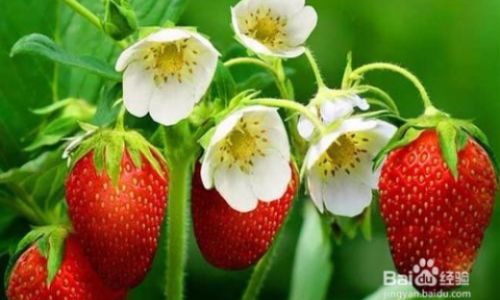
0 comments